If you take a trip to your local grocery store, you’ll see colorful and vibrant packaging wrapped around easy-to-use plastic containers. When you pack a lunch, what do you put into it? Do you have string cheese with a plastic film? Do you pack your leftovers with plastic wrap? If you get takeout, what is the packaging made out of? How many receipts did you grab today?
If you think about how many things you consume within a given week, you’ll slowly realize that you produce so. much. trash. In 2013, the average amount of trash produced by a single American was 4.4 pounds in a single day. Yikes!
This Earth Day, we want to transition to living a more waste-free life. We’ll be sharing some of our favorite tips on how to minimize the amount of waste you produce and ultimately, to make a zero-waste lifestyle.
Start with Reusable Drinking Gear
Can’t live without your coffee in the morning? No worries. You don’t have to cut back on your morning trip to your favorite cafe. Instead of purchasing paper cups with plastic lids every morning, consider bringing your own durable travel tumbler. Most cafes will give you a discount if you bring in your own personal cup. You may even get a bit more coffee than you would in their standard disposable cups. Opt-out of receiving a receipt, and don’t bother with a drinking straw or a plastic stir stick.
The same goes for water bottles. Instead of stopping and buying a plastic, single-use bottle, carry a bottle with you wherever you go so you can fill it up at a water fountain or a soda station when you get thirsty. The HYDAWAY bottle is perfect for a purse or a backpack because it flattens to only 1” thick when collapsed, making it a lightweight alternative to other water bottles.
Purchase Commonly Used Household Items in Bulk
While almost everything these days comes in some sort of packaging, purchasing staple household products, like vinegar, rice, and castile soap in bulk can help cut the amount of waste produced by packaging alone.
Invest in reusable airtight containers like mason jars. Even using old jars from pasta sauces or dips can be handy containers to keep around the house. This way, you can have more usable portions in your kitchen and still store your bulk items away in the pantry or garage to replenish when needed.
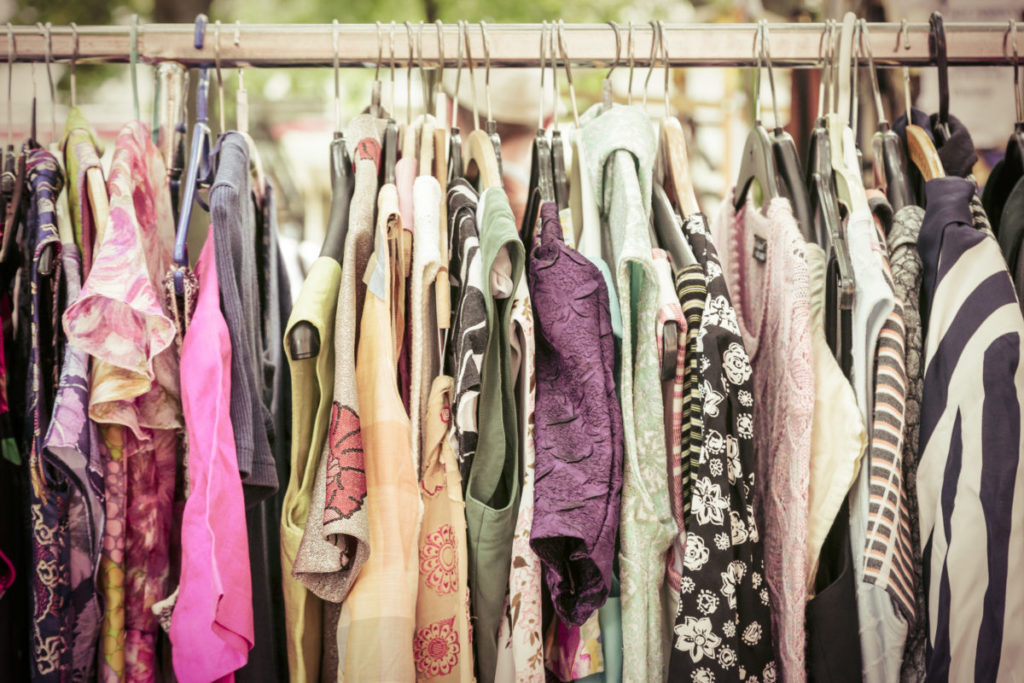
Go Vintage
If you’re in need of some new clothes for a special event or you’re looking to replenish your wardrobe with some fresh items, opt for second-hand stores instead of shopping at fast-fashion stores. Thrift stores or vintage shops are a great way to find some high-quality clothing for cheap.
Another option is to participate in clothing swaps online or set one up yourself. Grab a couple of friends and bring some of your clothes that you no longer wear or are tired of wearing. If everyone comes with some clothing, it’s an easy way to swap pieces and extend their life instead of buying new.
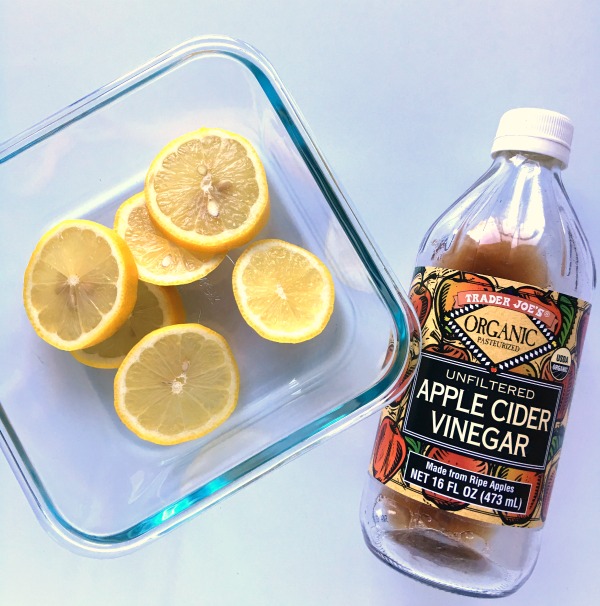
When in Doubt – Make Your Own
Cleaning products are a household staple, but can also be the most toxic. Not to mention all the extra packaging! Did you know there are several natural alternatives to cleaning and hygiene products? For example, you can make your own toothpaste with coconut oil and baking soda. A mixture of vinegar, baking soda, and dish soap can help give your windows a streak-free look.
These are all common household items that you can purchase in bulk and decant into reusable jars and spray bottles. By limiting your purchase of store-bought cleaners, you’re minimizing both waste and toxins in your home. Click here for our favorite blog on making your own household items.
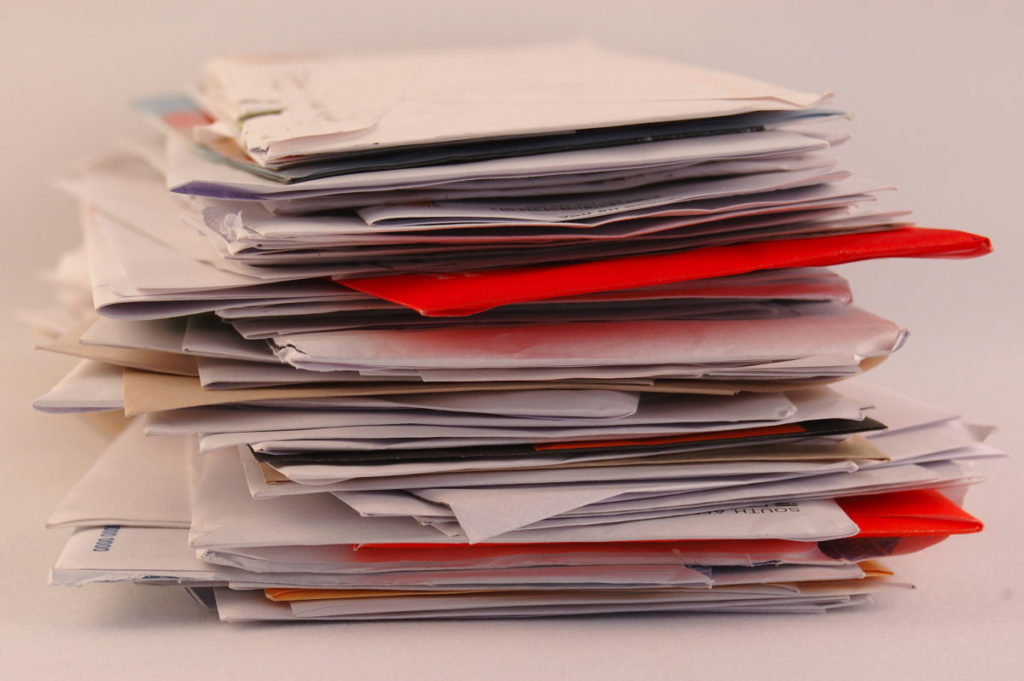
Cancel the Junk Mail
If you receive catalogs, magazines, and other promotional materials in the mail – OPT OUT! There are so many different pieces of mail that go directly into the recycling bin, but if you take the time and call the subscription sites, you’ll receive only the statements you need.
This goes for bills as well. Most billing companies offer electronic billing or online pay. If you can choose paperless billing, do it! This limits the amount of paper that’s in your mailbox every day and you don’t have to worry about checking your mail as often.
These are all small actions that you can take in your day-to-day life to help limit the amount of waste that you produce. Transitioning from being a regular consumer to actively choosing more waste-free products is difficult, and it’s not something that is easily done. Working on one or two of these ideas, and then slowly adding more to your routine is the best way to change your habits.
This Earth Day, try implementing one or two of these habits into your day to day routine! Share your tips with us on Facebook or Instagram. Happy Earth Day from all of us at HYDAWAY!

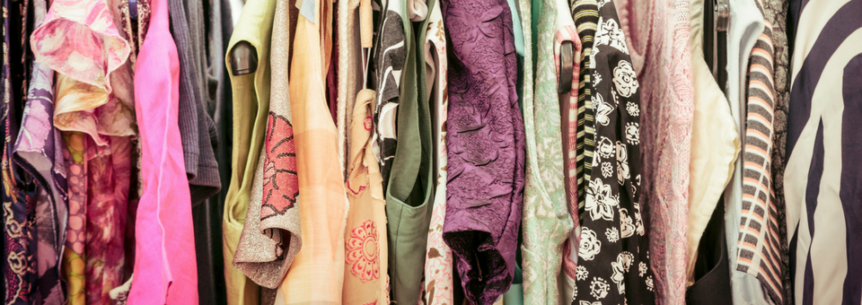
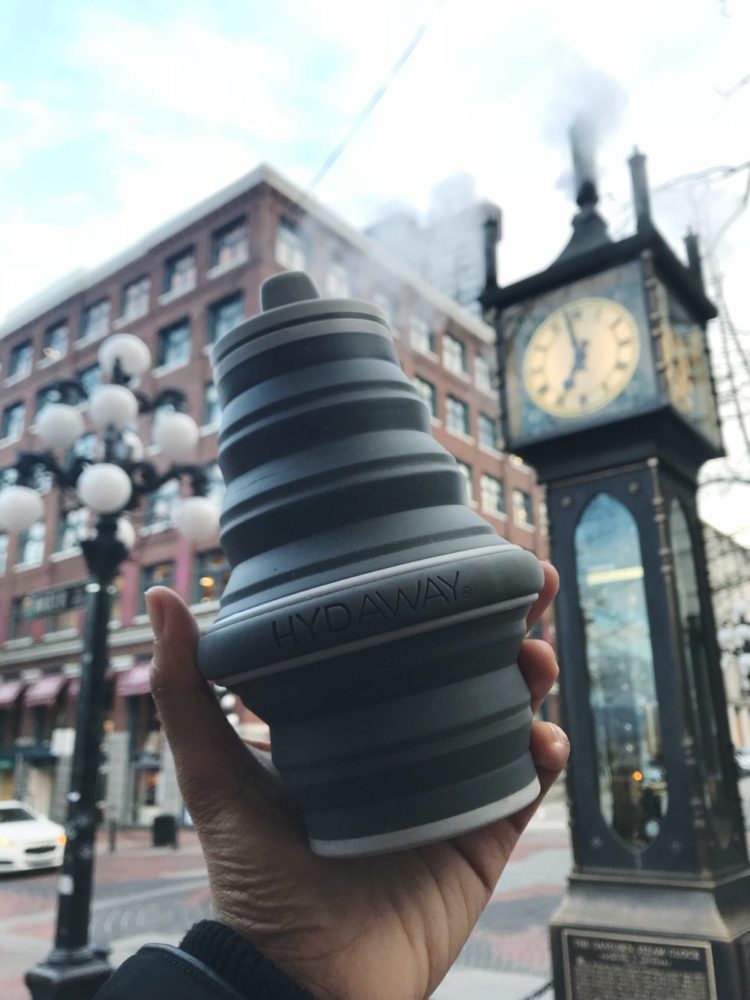
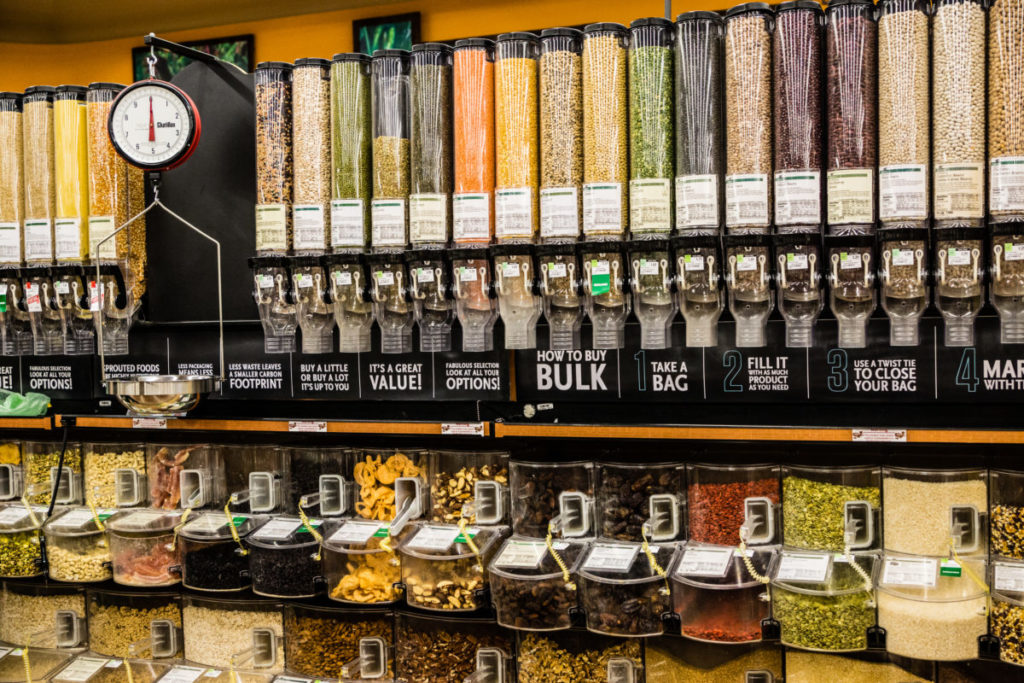
Comments 1
Pingback: Teaching Your Kids Sustainable Habits - H Y D A W A Y